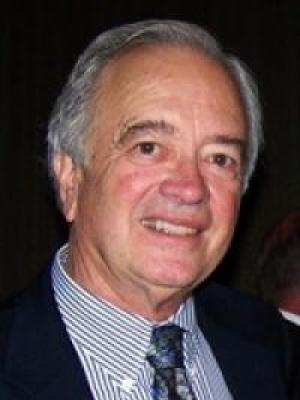About
One of the main questions addressed in Dr. Furlong's laboratory is the genetic variability of insecticide metabolism and sensitivity in humans. His research group has cloned and sequenced the cDNA's from humans, rabbits, and mice that encode paraoxonase (PON1) an HDL-associated enzyme that inactivates the toxic metabolites of several toxic organophosphate pesticides and nerve agents. The molecular basis of the genetic polymorphism in humans that specifies high or low metabolism has been identified. Dr. Furlong has worked closely with Dr. Lucio Costa in developing a mouse model that has provided valuable information on the role of PON1 in protecting against insecticide exposure.
Recently Dr. Nickerson (Genome Sciences, UW) sequenced the PON1 genes of more than forty individuals and identified close to 200 new polymorphisms. The role of this enzyme in lipid metabolism is also being investigated. A collaborative effort with Dr. Gail Jarvik has shown that low plasma levels of PON1 are a risk factor for carotid artery disease. Since the PON1 family of enzymes appear to play an important role in protecting against oxidative stress, the role of these enzymes as risk factors for other diseases is also being investigated.
A second area of interest is the development of biosensors that have applications in medicine and environmental monitoring. They have developed a fully portable surface plasmon resonance (SPR)-based sensor system that can monitor up to 24 analytes at a time.
Dr Furlong has collaborated on many research projects with our faculty for 40+ years.
